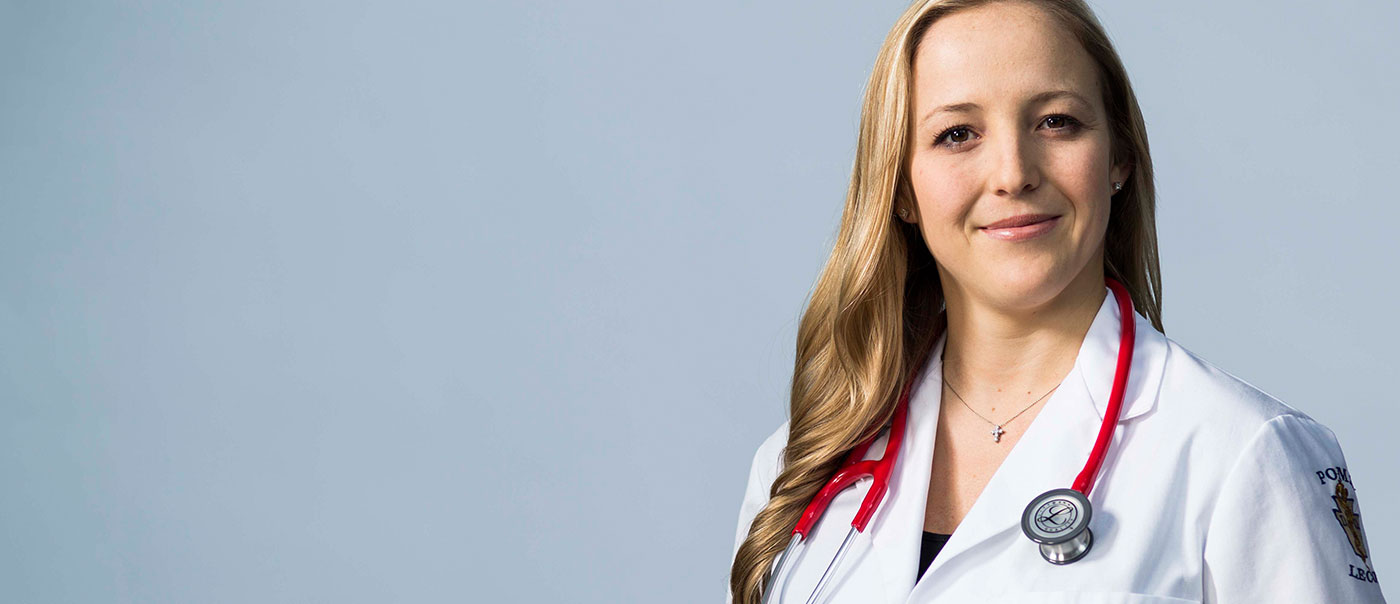The Raw Facts About Raw Milk
As more families try to avoid processed foods, raw milk is becoming a popular alternative to pasteurized milk. With its supposed nutritional benefits, raw milk may seem to be the healthier option, but there are risk factors that need to be taken into account. To figure out which type of milk your family should be drinking, make sure to consider both the potential benefits and dangers of drinking your milk raw.
Raw, or unpasteurized, milk can carry potentially deadly bacteria such as Salmonella, E. coli, and Listeria, which are responsible for causing numerous food-borne illnesses, explains Dr. Mark Kauffman, DO, an osteopathic physician from Erie, Pa. Symptoms of a food-borne illness, such as vomiting, nausea, and diarrhea, can lead to dehydration and even death.
The U.S. Centers for Disease Control and Prevention reported that there were more than 1,000 separate cases of illness related to the drinking of raw milk or the eating of cheeses made from raw milk in the last seven years.
The harmful bacteria found in unpasteurized milk can seriously affect the health of anyone, but are especially dangerous to pregnant women, children, the elderly, and people with weakened immune systems, warns Dr. Kauffman.
By pasteurizing milk, a process that kills bacteria by heating milk to a specific temperature for a set period of time, it can be ensured that 99% of the potentially harmful bacteria found in raw milk are destroyed.
Raw milk supporters argue that the pasteurization process also kills off many beneficial bacteria and enzymes that help strengthen the immune system and fend off illnesses like allergies, asthma, and even cancer.
According to Dr. Kauffman, without the research to support the health benefit claims, the risk of consuming harmful bacteria from raw milk is too great. “Every time you drink raw milk, you are rolling the dice with your health, he adds.
In addition, according to the FDA, research shows no meaningful difference in the nutritional values of pasteurized and unpasteurized milk. The healthy vitamins, fats, and carbohydrates found in raw milk remain in pasteurized milk, says Dr. Kauffman.
Milk is pasteurized to ensure the safety of the product. For this reason, milk products sold commercially in the United States are required to be pasteurized. In most states, it is only legal to buy unpasteurized milk from the source itself. In other words, dairy farms can sell unpasteurized milk at their farm, but they can not ship it out to your local grocery store.
Before trying raw milk or offering it to your children, Dr. Kauffman encourages proceeding with caution and talking to a health care provider about the possible risks of serious bacterial infection.
If you want beneficial bacteria in your diet, you’re much safer eating yogurt, he concludes.
Preventive medicine is just one aspect of care osteopathic physicians (DOs) provide. DOs are fully licensed to prescribe medicine and practice in all specialty areas, including surgery. DOs are trained to consider the health of the whole person and use their hands to help diagnose and treat their patients.

